It is difficult to overestimate the value of sugar beet in a person's life. From it receive not only a well-known sweet product, without which there are few people today represent their lives. This culture is used in animal husbandry, cooking, traditional medicine. Landfasting feed beets in yield, it surpasses her in nutritional qualities.
Plant Description
Sugar beet is a two-year culture with a high content of sucrose. Its belongs to the same beet type as the feed, leaf and dining room. Grow culture mainly for the production of sugar and less often for animal feed. For the first time about the valuable qualities of this plant, the German chemist Andreas Marggraf in 1747. He explored the flesh of the vegetable and determined that its composition is similar to the composition of cane sugar. And already in 1801, the student of the famous scientist Franz Karl Ahard applied to the practice of knowledge of his teacher - opened the plant for the processing of sugar beet and the production of sugar. Since then, the breeders of the whole world worked on the conclusion of new varieties of sugar culture and achieved tremendous success. To date, there are many cultural hybrids that give a high harvest of rooted roots with a high content of sucrose.
The upper part of the root consists of green leaves and sinus kidney. A vegetable grows mainly above the surface of the Earth, contains a small amount of sugar. The root of the root is located between the root and the head of the culture. Sugar beet root has a conical shape and white color.
Sugar beet needs a lot of sunlight, heat and moisture. Perfectly grows on chernozem soils with good irrigation. Growing sugar beets is successfully carried out in Russia, Georgia, Belarus, Ukraine and Kyrgyzstan, as well as in the countries of Central Asia, Africa and the Middle East.
Application of sugar beet
In addition to the production of sugar, from the culture receive a molasses, which in turn is used to produce citric acid, glycerin, alcohol, organic acids, yeast. The magnifier produced from sugar beets is used for animal feed, and defecate serves excellent fertilizer. And the sugar beet is used to produce ethyl alcohol, which is added to gasoline and diesel fuel.
Sugar beet is widely used in the manufacture of products such as jam, jams, cookies, pies. Well, of course, the famous moonshine is also produced with this culture.
Sugar beet is rich in vitamins group B, C and RR, magnesium, iodine, calcium, copper, phosphorus, potassium, pectins, bioflavonoids and other useful substances. Regular use of rooteplood helps strengthen the immune system, establish digestion and metabolism, rejuvenate the body and remove harmful toxins from it. Doctors recommend using sugar beets with diseases such as anemia, leukemia, vessel atherosclerosis, with hypertension, with gastroincing diseases.
Like any other plant, sugar beet has its own contraindications. It is not recommended to abuse this culture to those who suffer from urolithiasis and renal disease, gastritis with increased acidity, ulcer of the stomach during the exacerbation and those who have diagnosed sugar diabetes.
Sugar beets
All varieties and hybrids of sugar beet are among the same species, have white color of pulp and peel. On economic qualities and the content of sugar grades are divided into 3 main groups:
- yields - have an average and reduced sugar content in rootapodes (17.9-18.3%);
- yields-sugar - have a high sugar content in root (8.5-18.7%) and high yield of culture;
- sakharist - have the most elevated sugar content in rootfields (18.7-19.0%), but the yield is underestimated compared to the yield-sugar types.
Sugar beet growing stages
Sugar beet growing technology consists of several stages.
So that the seeds gave a good and healthy harvest, it is necessary to choose the right place for sowing:
- To obtain a high and healthy crop, the selection of the soil on which you plan to grow culture are important. Among all the best suggestive soils, which have a neutral reaction.
- The soil should be loose, moisture, well-fertilized with nutrients. The crop will not be too light or heavy soils, as well as too wet.
- In no case cannot be sowing a plant in places where legumes grew, cereal, corn, rape and flax - they are very depleted by the soil, sucking all useful trace elements from it.
- It is necessary to refrain from setting up sugar beets, previously processed treated with metasulfuronmetile and chlorosulfuron herbicides. The best soils are those who previously grew winter grains.
- The same place is suitable for sowing no more than every 3 years. Bad selection will be peat and sandy soils.
Soil preparation for sowing
The soil for growing sugar beet is prepared in the fall and in the spring:
- In the fall, the soil is first fertile to nitrogen, potash and phosphoric fertilizers. Then the ground is plowed to a depth of at least 30 cm.
- In the spring, coating harrow harrow and the cultivation of the soil are at a depth of at least 8 cm and finish training with careful alignment of the soil. In the spring, it is strictly forbidden to enter fresh undermining manure into the soil. It is replaced with chopped straw of various grain crops. The land, which was processed in a similar way, guarantees the receipt of uniform shoots.
Preparation of sugar beet seeds to sowing
Preparation of seeds to the crop consists of the following steps:
- First of all, they carry out gross seed cleaning from small and large impurities and dust. Thanks to this cleaning, the seeds can be stored longer and do not lose their sowing qualities.
- At the second stage, the main cleaning of seeds from various impurities, including stems.
- The next stage is grinding seeds.
- Then, seed calibration according to their diameter - 3.5-4.5 and 4.5-5.5 mm.
- Before sowing, seeds are driving with nutrients - a mixture of humus and molasses. On 1 kg of seeds, 2 kg of humus, 300 g of molasses and 700 ml of water are used.
- After the drier, heat soaking seeds with water 18-25 ° C during the day.
Such preparation of seeds is possible in production conditions with the use of special equipment. Therefore, if you do not have the ability to prepare sugar beet seeds in this way, take them in specialized stores.
Sowing Sugar Beet Seed
The process of sowing of sugar beet seeds is as follows:
- Sugar beet seeds can be launched when the soil warms up to +6 ° C at a depth of 5 cm, and the air temperature will reach +8 ° C. There should be no time between the preparation of the soil and sowing themselves. For sowing it is better to choose a warm sunny day.
- Seeds in the ground are laid to a depth of 3-5 cm. In order to conveniently organize the mechanized care for the culture, the width between the rows should be 45, 60 and 70 cm.
- For 3-4 days after sowing, the soil harrow is carried out.
- It is very important after the first germs to fight pests, and in particular with the beetcloth, which is activated in hot and dry weather. In order to prevent prevention, it is necessary to polish metaphos all at a distance of 150-200 meters from sections with crops.
- With favorable weather conditions, the first shoots of sugar beet will appear for 8-10 days.
- After the appearance of the first real leaves, you can conduct post-level harrowing. It is not recommended to harrow immediately after the appearance of germs, as you can damage sprouts.
Cultivation of sugar beet
After the first shoots rose, it is necessary to carry out special care:
- The ball is called the first shallow loosening of the earth between rows with crops. Conduct a ball gently so as not to damage the shoots, a special cultivator with one-sided razors at a depth of 6-7 cm.
- Budakers - the thinning of the rows of sugar beets, in which bouquets of 3-4 plants remain in each of them. The first bunch is carried out by a mechanized manual, and the subsequent bunch is possible manually. During thinning, only strong and healthy plants leave.
- The next stage of departure is longitudinal and transverse processing between rows. Loose soil at a depth of 10-12 cm.
- Sugar beet needs regular irrigation, especially the first days of vegetation and during the active growth of the tops. Since July, watering can be reduced to 3-4 times a month, and in September, watering can be stopped at all.
- It is very important to fertilize sowing. For this, phosphorus-potash feeders are introduced with the addition of nitrogen. Be careful when using nitrogen, they can not be carried away, since it has the property to accumulate in plants in the form of harmful and dangerous nitrates.
- Preventive struggle against pests and weeds with biological preparations is required.
Cleaning and storage of sugar beets
In the middle or at the end of September, you can proceed to cleaning sugar beets:
- Before cleaning, it is necessary to hide the soil.
- If cultivation of sugar beet is carried out in large areas, it will require special techniques for its cleaning - combines.
- When cultivating culture on small farm or cottage sections, cleaning can be performed manually. It is necessary to do this very carefully so as not to damage the roots when digging. Damaged beets can not be stored for a long time and it will become unsuitable for use.
- After cleaning, sugar beets are dried outdoors and purified from the remnants of the Earth. Then the harvest is prepared for storage for the winter or are engaged in sales of roots, if they are grown for sale.
- With favorable weather conditions, cleaning can be started on September 1st.
What a sugar beet grows, you can see in the photo.
Protection of sugar beets from pests and diseases
Like any other cultures, sugar beets under any cultivation conditions may be subject to diseases and pest attacks. To preserve the crop whole and healthy, it is necessary to combat weeds and pedestals causing the diseases of the root crops:
- In the struggle with weeds, special glyphosate-containing herbicides are used, which are allowed for use and are included in the register of plant protection products. It is not recommended to use herbicides during a long arid season.
- In the fight against rotting roots and soil pests, such as a wire and beet nematode, the correct choice, method and quality of soil processing, as well as the choice of the right predecessor. Additionally, the rotor is recommended for the treatment of corrupt valves by biopreparations. In particular, betaprotectin is used.
- To combat pests such as fleece, matte dead, beet flies and the wave successfully use preventive treatment of seeds insecticides immediately before sowing themselves.
The cultivation and cultivation of sugar beets is possible not only in production scale, as many people think, but also in the country areas and small farms. It is important to properly prepare seeds for sowing, to prepare the ground, watering and feeding the plants in time, fight the wrestling grass and pest insects. Under all the rules for the technology of cultivation of sugar beet, you can get a good crop of healthy culture. If you do not damage the roots during cleaning, it will be stored all winter. Now, knowing all the subtleties and nuances, you can safely take for the cultivation of this most valuable culture, you will definitely work out.

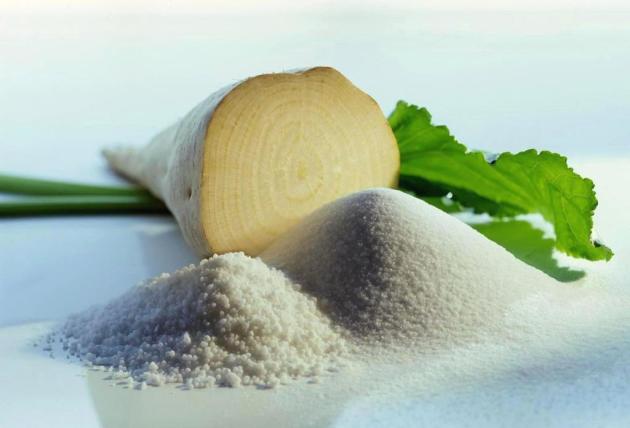
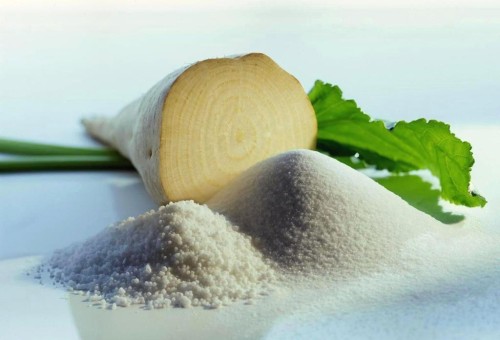
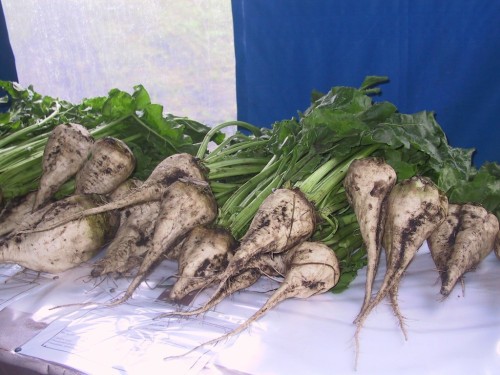
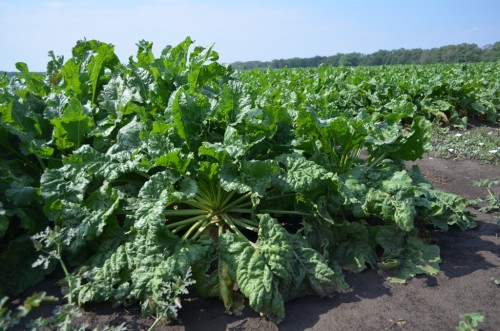
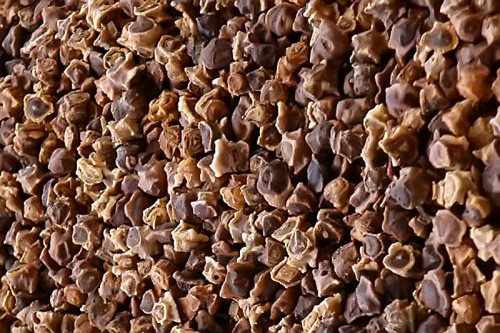
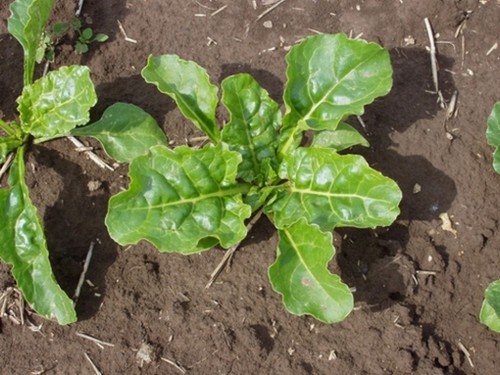
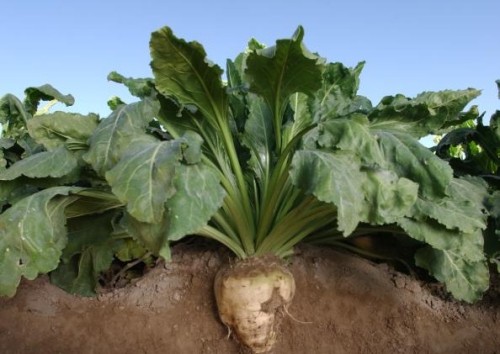
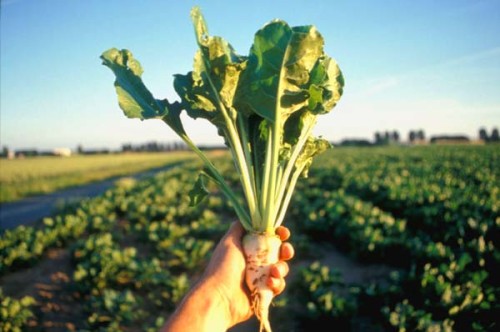
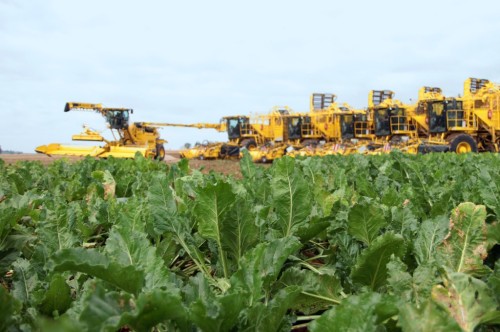












 Start a discussion ...
Start a discussion ...